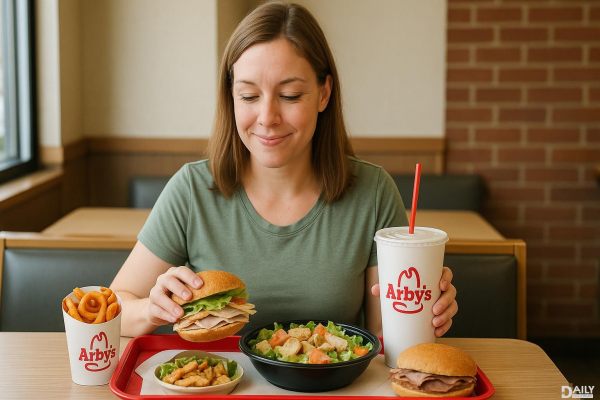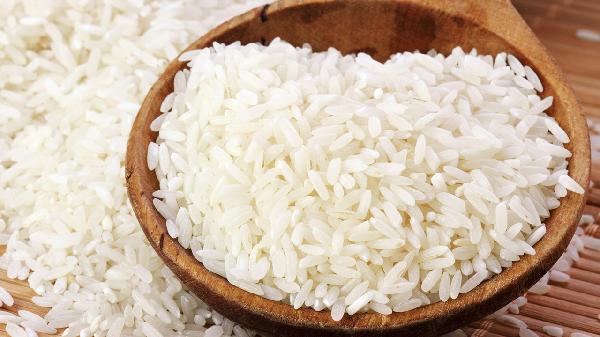Shredded cheese is a kitchen MVP—it’s the glue holding together everything from gooey grilled cheese to cheesy casseroles. And sure, grabbing a bag of pre-shredded cheese at the store is so convenient. But if you’ve got a few extra minutes (and a decent grater), shredding your own cheese is a game-changer. Here’s why.

It Melts Like a Dream
Ever notice how pre-shredded cheese sometimes turns into a weird, grainy mess instead of melting into that perfect, stretchy goodness? That’s because it’s coated in anti-caking agents (usually cellulose, a plant-based powder) to keep it from clumping in the bag. The downside? Those additives mess with moisture, making your cheese melt less smoothly. Freshly shredded cheese, on the other hand, melts evenly—so your nachos, pizza, and mac and cheese will be next-level creamy.
The Flavor Actually Pops
Pre-shredded cheese doesn’t just have texture issues—it can taste a little… off. That’s because those same anti-clumping agents dull the natural sharpness and richness of the cheese. When you shred it yourself, you’re getting pure, unadulterated cheese flavor—no weird aftertaste. Try it in a simple grilled cheese, and you’ll notice the difference immediately.
It’s Cheaper (Seriously!)
Convenience comes at a cost—literally. Pre-shredded cheese is almost always more expensive per ounce than a block of cheese. Why? Because you’re paying for the labor of shredding and the additives that keep it shelf-stable. A block of cheese gives you more bang for your buck, and let’s be real—groceries are expensive enough as it is.
Fewer Mystery Ingredients
Ever flipped over a bag of shredded cheese and read the label? There’s usually more than just cheese in there—preservatives, starches, and sometimes even weird fillers. Shredding your own means you know exactly what you’re eating. And if you’re using high-quality cheese (like real Parmigiano-Reggiano instead of the "parmesan" dust in a green can), your dishes will taste infinitely better.
But… What If I’m Lazy?
Look, we get it—sometimes you just need shredded cheese now, and standing over a grater feels like too much effort. If that’s the case, at least check the label for unnecessary additives (cellulose is the big one to avoid). And whatever you do, don’t wash your shredded cheese (yes, people do this—no, it doesn’t help).
The Best Grater for the Job
You don’t need a fancy gadget—a basic box grater does the trick. But if you’re shredding a lot of cheese (hello, holiday cooking), a food processor with a grating attachment is a total time-saver. Just don’t skimp on quality—cheap graters can turn your knuckles into collateral damage.
At the end of the day, shredding your own cheese is a small step that makes a big difference in taste, texture, and even your grocery bill. But if you’re Team Pre-Shredded, no judgment—just maybe upgrade to a better brand next time. Your taste buds (and your lasagna) will thank you.
























